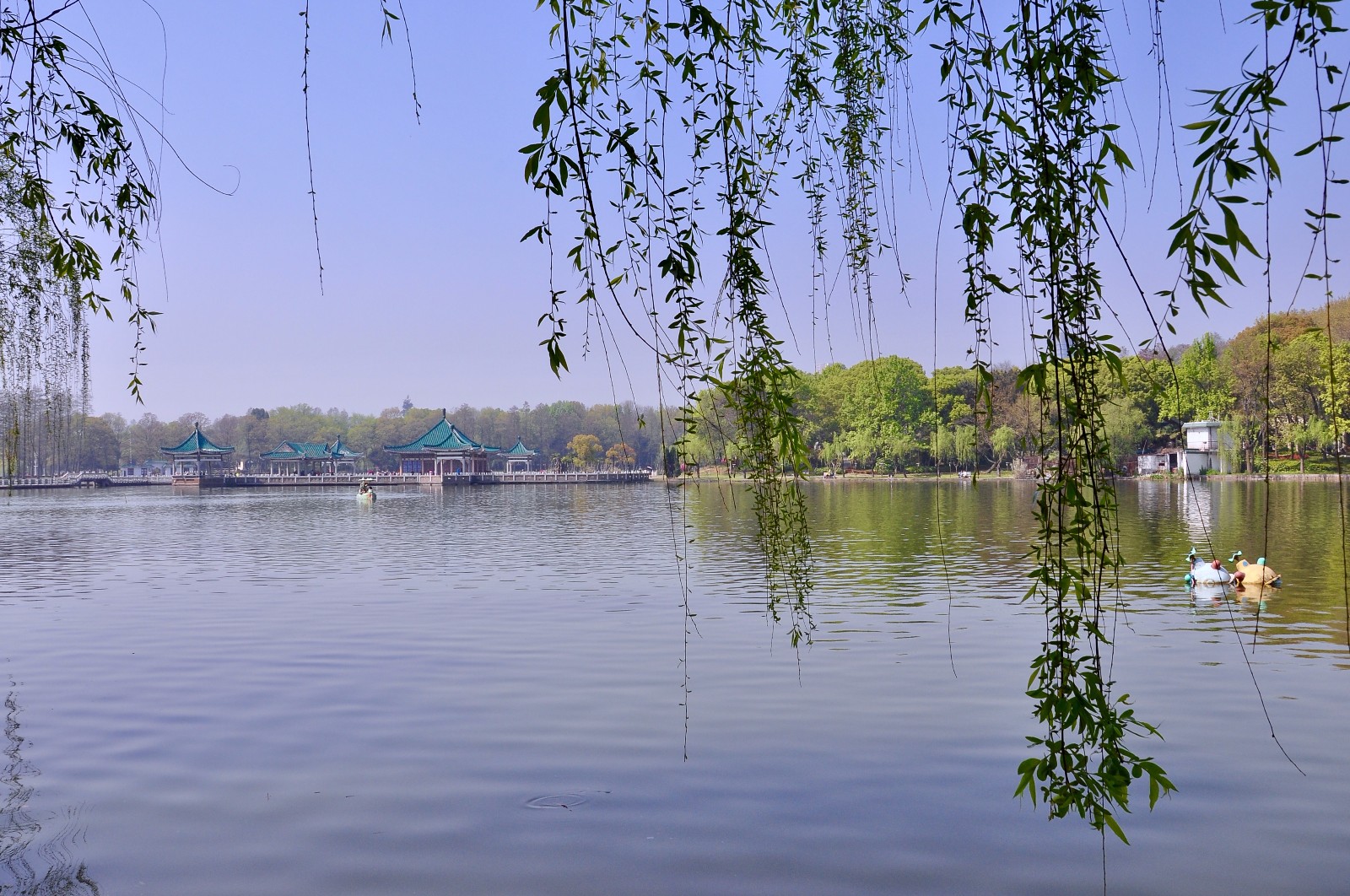Wuhan, composed of the three towns of Wuchang, Hankou, and Hanyang, is the capital of Hubei Province. The three towns, separated by the Yangtze and Hanshui rivers, are linked by bridges, and because these municipalities are so closely connected by waterways, Wuhan is also called the "city on rivers." Being the largest inland port on the middle reaches of the Yangtze River and a major stop on the Beijing-Guangzhou Railway, Wuhan is one of China‘s most important hubs of water and rail transportation and communications.
Wuhan has an old history and rich cultural traditions. It began to prosper as a commercial town about two thousand years ago, when it was called Yingwuzhou (Parrot beach). From the first century to the beginning of the third century, the towns of Hanyang and Wuchang began to take shape. During the Song Dynasty (960-1279), the area became one of the most prosperous commercial centers along the Yangtze River. By the end of the Ming Dynasty (1368-1644), Hankou had become one of the four most famous cities in China.
Today, Wuhan is the political, economic, and cultural center of Central China. It boasts of one of China‘s leading iron and steel complexes -- the Wuhan Iron and Steel Corporation. Wuhan is also a city with a strong revolutionary tradition.

Yellow Crane Tower

Wuhan East Lake Scenic Area
